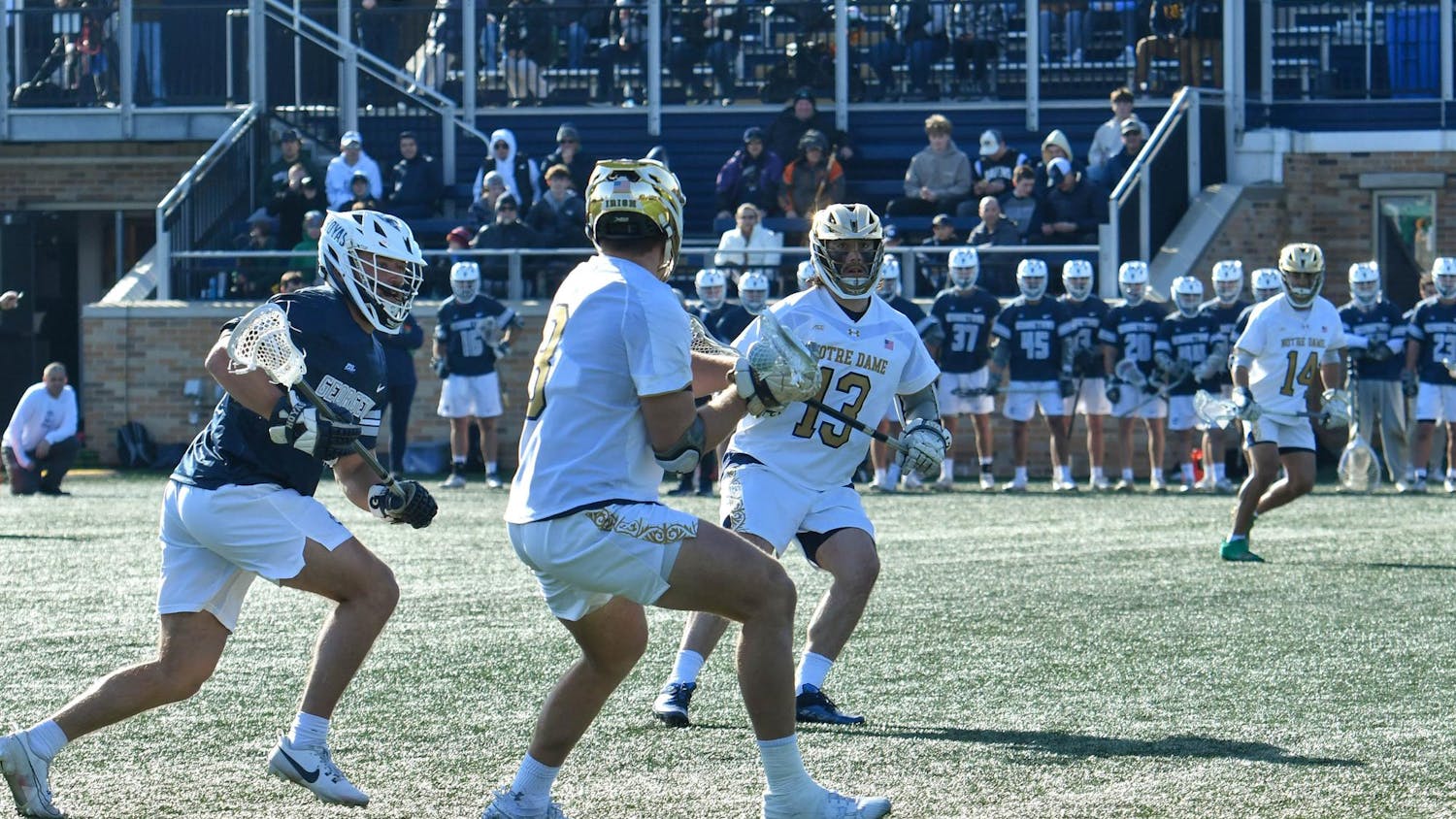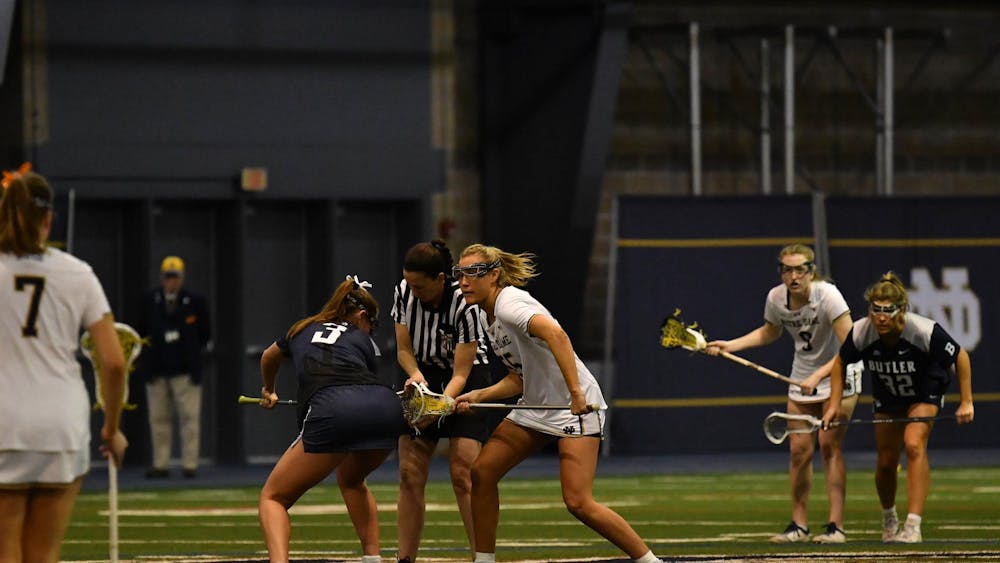It’s many sports fans’ favorite time of the year: March Madness. We’ve reached that time where everyone is busy filling out their bracket in whatever rational or irrational way they please.
But college basketball is not the only sport that contributes to the madness in March. NFL free agency is underway, and that has certainly been anything but sane.
I’m a Browns fan, so this season of free agency has been particularly frustrating. While the front office seems content to make a fresh start, they’ve let four very good players who were some of the only brights spots of a poor team walk away without much of a fight, as they didn’t even franchise tag one of them. It’s far too early to judge these moves and the people who made them, but it puts extra pressure on the front office to ensure the moves work.
But enough about the Browns. Those moves were dictated by the team and the philosophy of its management. The true problem with free agency — one that is not unique to this offseason but has been made abundantly more clear — is the way that the market drives up prices on players who are not deserving of even half of the money they ultimately receive.
Just look at some of the deals that have been reached this offseason. You all have probably heard by now that the Houston Texans gave Brock Osweiler $72 million over four years. That’s more than Tony Romo and Carson Palmer currently receive through their deals, and they are far more proven and successful commodities than Osweiler.
But his deal is not the only one that is mind blowing. Just to name a couple: Sam Bradford was given $36 million for two more years with the Philadelphia Eagles, despite last year’s disaster of a season. Olivier Vernon was given a five-year, $85 million deal from the New York Giants, making him the third highest-paid defensive player in the entire NFL. That’s more than J.J. Watt, Von Miller, Richard Sherman and other players who are far more accomplished at their respective positions. Looking at how teams value players and comparing it to the value of others at their position, the Alshon Jeffery, Travis Benjamin and Janoris Jenkins deals also become suspect, amongst others.
Of course, there are certainly reasons that these teams can give to attempt to justify some of these deals, but it is the market that is really driving these deals. And it is unfortunate, as these deals can ultimately hamstring these franchises for years to come as these players fail to live up to the expectations that come with the money they’re being given.
And the price tags on these players will only continue to increase, making mediocre players even more valuable commodities, unless, perhaps, the NFL changes the way it conducts free agency.
What if the NFL instituted some sort of VCG mechanism, which uses a second-price auction to match players with teams? That way, honesty would be at the forefront of the market, and teams would actually bid on players given how they value them individually rather than based on who is available.
What about some sort of stable matching market design? In this concept, players and organizations would be matched based on preferences that exclude monetary factors. Once stable matches are achieved — which means no one player or organization prefers another player or organization to the one they are already matched with given their preferences — then the players would negotiate their contracts separate from the market.
Unfortunately, these methods might not actually improve upon the problems that exist in the NFL free agency market. And players certainly wouldn’t agree to it, because the market currently favors them heavily.
But something has to change. Players should be paid based on their actual value and their resume, not solely on what a market ruled by inflation dictates they are worth. After all, March is already mad enough, and we could use a little more sanity in sports this time of year.













